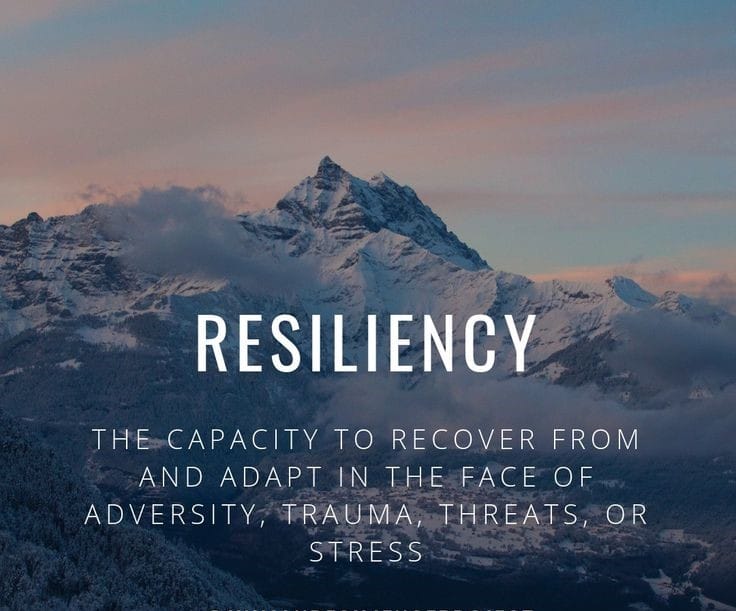The Intersection of Psychology and Storytelling: Exploring Human Resilience Through Fiction

Stories have always been the heart of human connection. Long before psychology was a field of study, storytelling helped people understand emotions, fears, and hopes that couldn’t easily be spoken. Today, the worlds of psychology and storytelling overlap in profound ways—revealing how fiction doesn’t just entertain, but heals, teaches, and celebrates the resilience of the human spirit.
Understanding the Mind Behind the Story
Every great story begins with a deep understanding of the human mind. Psychology gives authors tools to explore why characters behave the way they do—what motivates their actions, what shapes their fears, and how they cope with trauma. When writers weave psychological insight into fiction, they create characters that feel alive.
Think of stories like The Bell Jar or A Man Called Ove. Both examine depression and loss, yet readers don’t feel like they’re reading about “mental illness.” Instead, they experience a journey through the lens of complex, deeply human characters. This is where storytelling becomes a form of emotional study—translating psychology into empathy.
Fiction as a Mirror of the Human Condition
Fiction often mirrors the struggles we face in reality. Through conflict, transformation, and resolution, stories allow readers to explore human resilience without directly confronting their own pain. This mirror effect—known in psychology as projective identification—lets people see aspects of themselves reflected in the characters they love or hate.
For instance, when readers follow a character overcoming heartbreak, addiction, or grief, they experience those emotions vicariously. The brain responds to fictional experiences much like real ones—activating empathy, memory, and self-reflection. In this sense, storytelling becomes a safe rehearsal space for resilience, allowing readers to process emotions and practice recovery in symbolic form.
The Psychology of Human Resilience
At the heart of many stories lies one timeless theme: resilience. Psychologically, resilience is the capacity to recover from adversity—to bend without breaking, to find meaning amid chaos. Storytelling embodies this through narrative arcs of failure and triumph.
When a protagonist faces loss, trauma, or internal conflict, the reader witnesses a psychological truth: growth often follows suffering. This mirrors therapeutic principles found in cognitive behavioral therapy (CBT) and narrative therapy, both of which help individuals reframe painful experiences into stories of empowerment.
Just as a therapist guides clients to rewrite their life narratives, authors guide characters—and readers—through journeys of understanding and healing.
Storytelling as Therapy
Storytelling doesn’t only reflect psychology—it can become psychology in action. Many trauma survivors, therapists, and authors use writing as a therapeutic tool. This process, known as expressive writing therapy, helps individuals process emotional pain by putting it into words.
Through fiction, writers often externalize their internal struggles. They give pain a voice and shape chaos into order. For readers, engaging with such stories can also be healing, offering comfort in the recognition that they are not alone in their suffering.
Books like The Kite Runner or Room illustrate how storytelling helps both writer and reader confront difficult truths. These narratives don’t sugarcoat pain—they explore it, understand it, and ultimately transcend it. That’s the essence of resilience through art.
Characters as Psychological Archetypes
Carl Jung, one of the most influential psychologists, proposed the idea of archetypes—universal characters that embody deep psychological patterns within the collective unconscious. The hero, the shadow, the caregiver, the trickster—these figures populate myths, dreams, and modern fiction alike.
When authors build characters around these archetypes, they tap into timeless psychological truths. Readers unconsciously recognize these figures and find meaning in their struggles. This is why certain stories feel universally powerful—because they echo patterns embedded in the human psyche for generations.
A resilient hero, for example, reflects our inner drive to overcome. The mentor symbolizes wisdom and healing. The antagonist often embodies the darker aspects of our own minds—the fears and insecurities we must confront.
Empathy: The Bridge Between Psychology and Fiction
Empathy is where psychology and storytelling truly intersect. Reading fiction has been shown to enhance emotional intelligence and empathy—a phenomenon backed by neuroscience. When we immerse ourselves in a story, our brain’s mirror neurons simulate the emotions of the characters, allowing us to “feel with” them.
This emotional simulation strengthens our ability to understand others in real life. In essence, storytelling is empathy training for the mind. It teaches compassion, patience, and awareness—traits essential to both psychological growth and societal change.
Fiction as a Pathway to Collective Healing
Beyond individual growth, storytelling has immense power to heal communities. When authors address trauma, injustice, or cultural wounds through fiction, they open the door to dialogue and understanding. Stories about war, migration, gender, or race invite readers to experience lives far removed from their own.
In this way, literature becomes a collective mirror—helping societies confront their past, question their present, and envision a more compassionate future. Fiction doesn’t just reflect resilience; it builds it—within readers, within cultures, within humanity itself.
Merging Psychology and Art in Modern Writing
In today’s era, more writers are consciously merging psychological insight with creative storytelling. Genres like psychological fiction, trauma literature, and introspective memoir blur the line between science and art.
Authors conduct emotional research, therapists recommend storytelling exercises, and readers seek books that help them understand themselves. This growing trend highlights an important truth: we are all trying to make sense of the mind’s labyrinth, and stories are our shared map.
Conclusion: The Human Story Continues
The intersection of psychology and storytelling reveals that fiction isn’t merely an escape—it’s an exploration. It teaches us how the human mind endures pain, how we connect through empathy, and how stories shape our collective resilience.
Through fiction, we learn not only about others but about ourselves. Every page turned is a quiet act of courage, every story read a lesson in survival. And in that beautiful exchange between writer and reader lies one undeniable truth—the human spirit, no matter how fragile, is endlessly resilient.